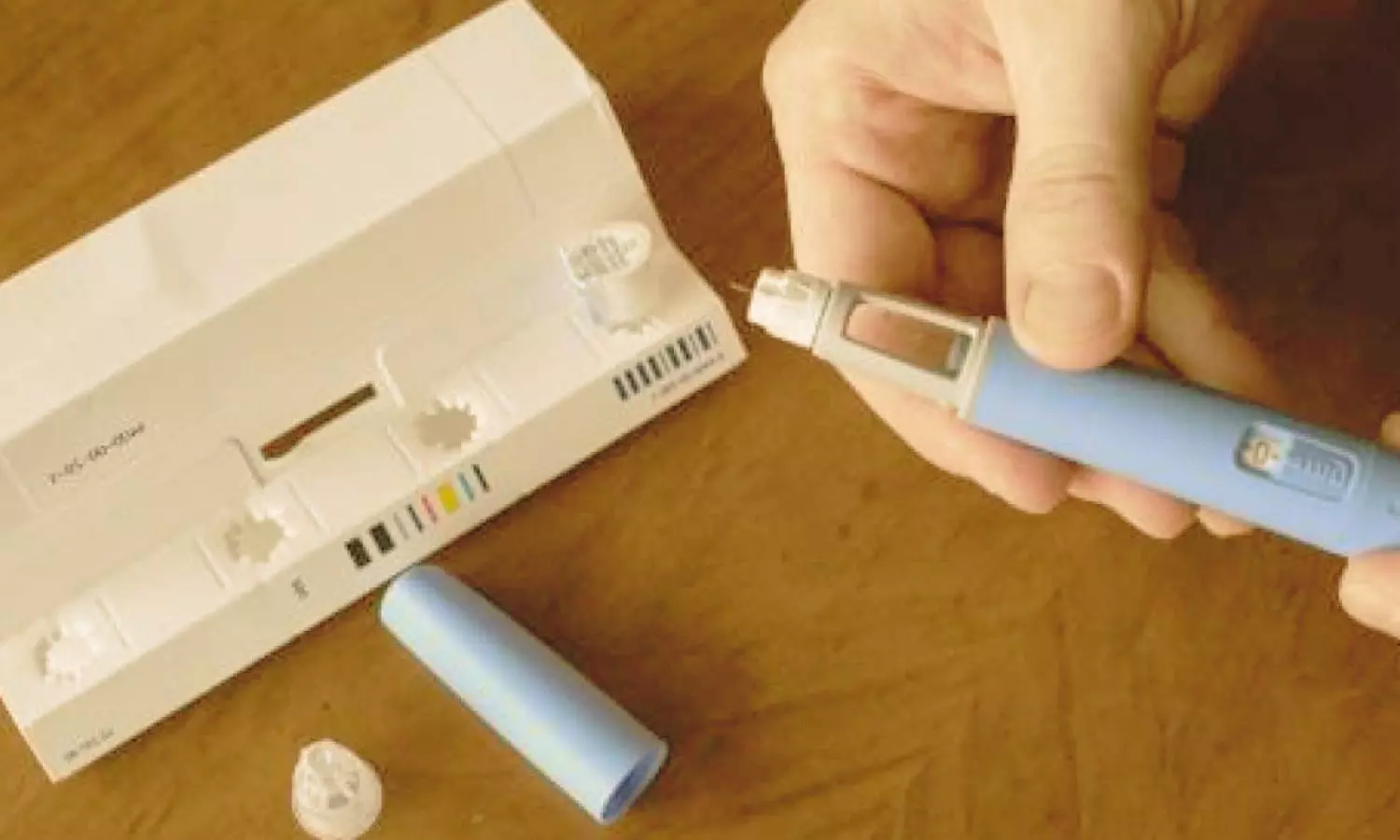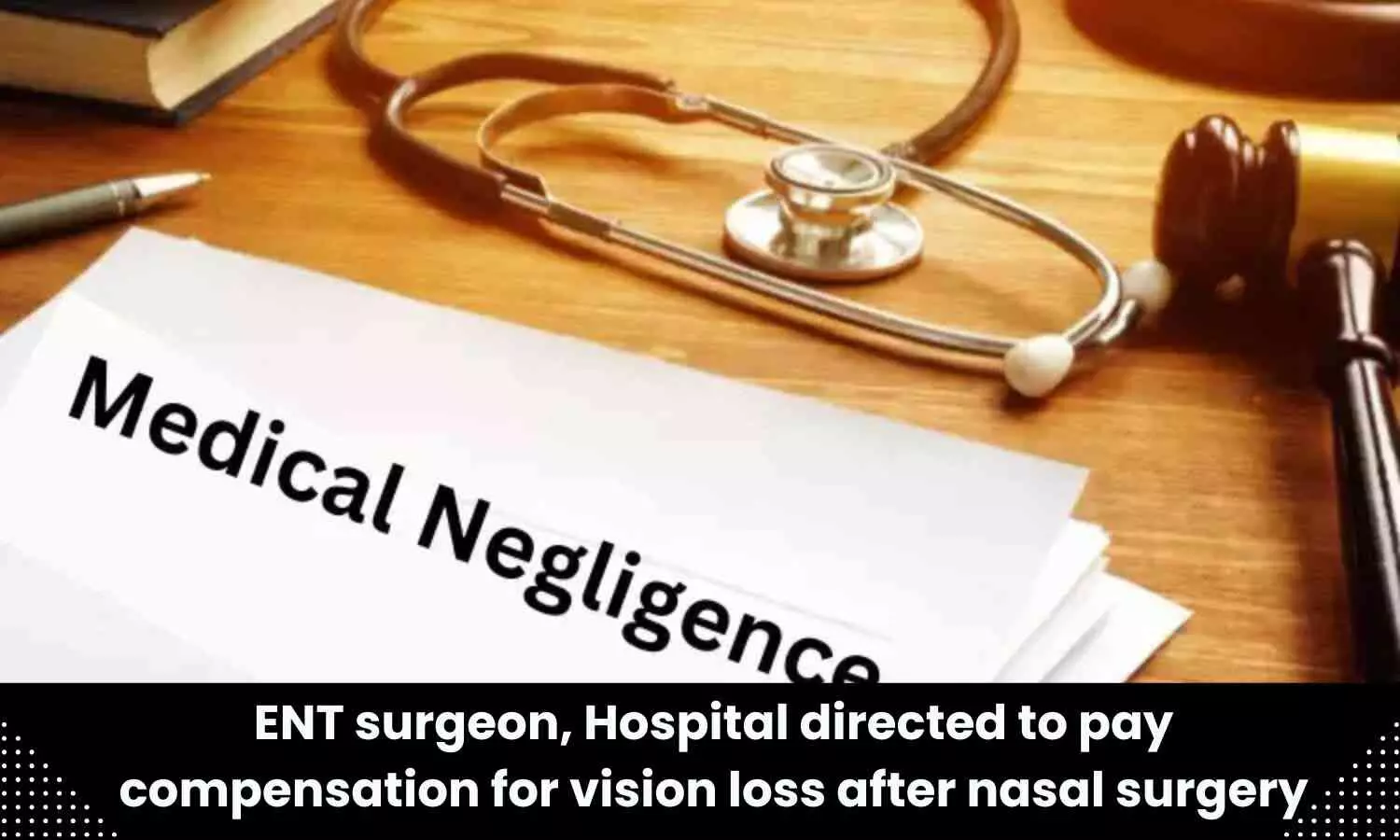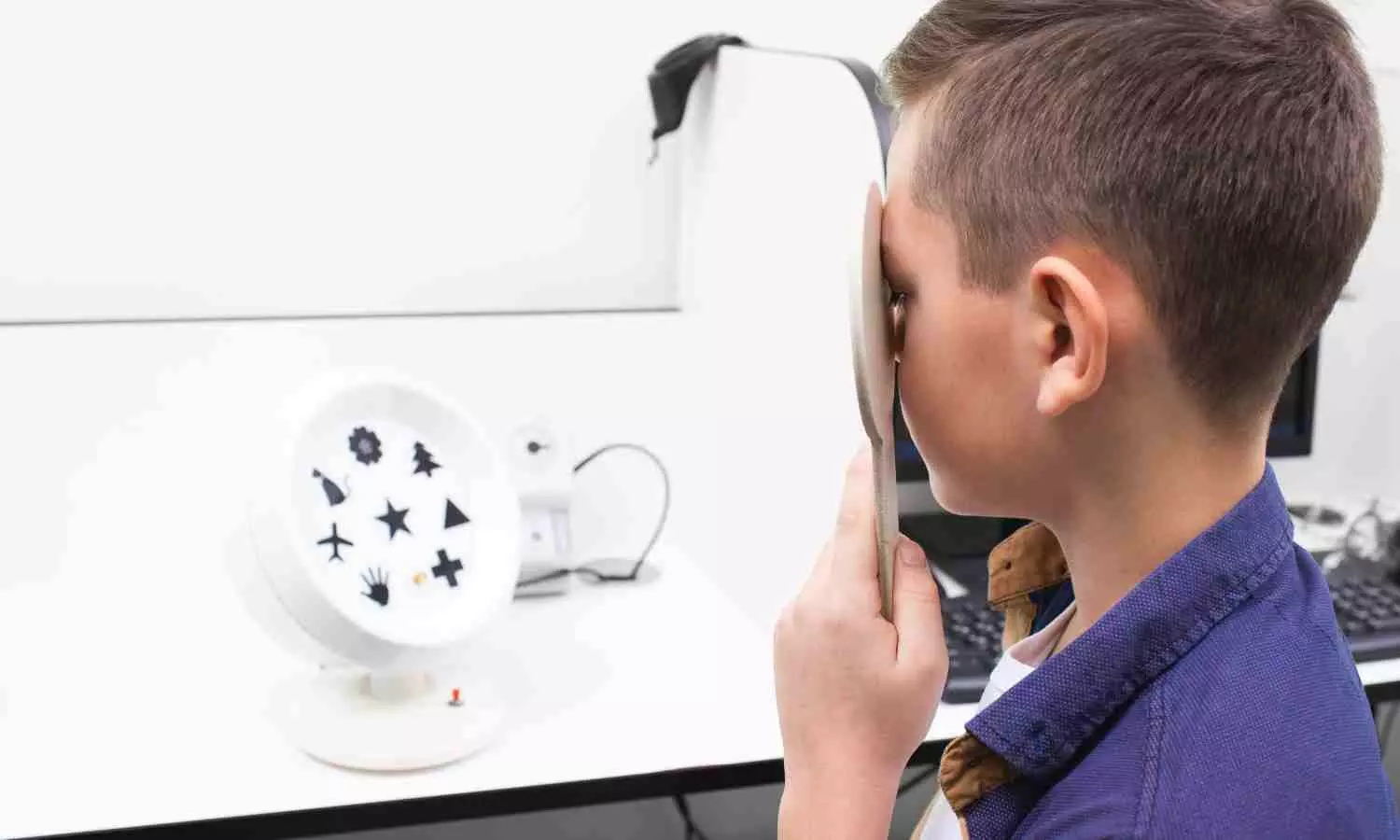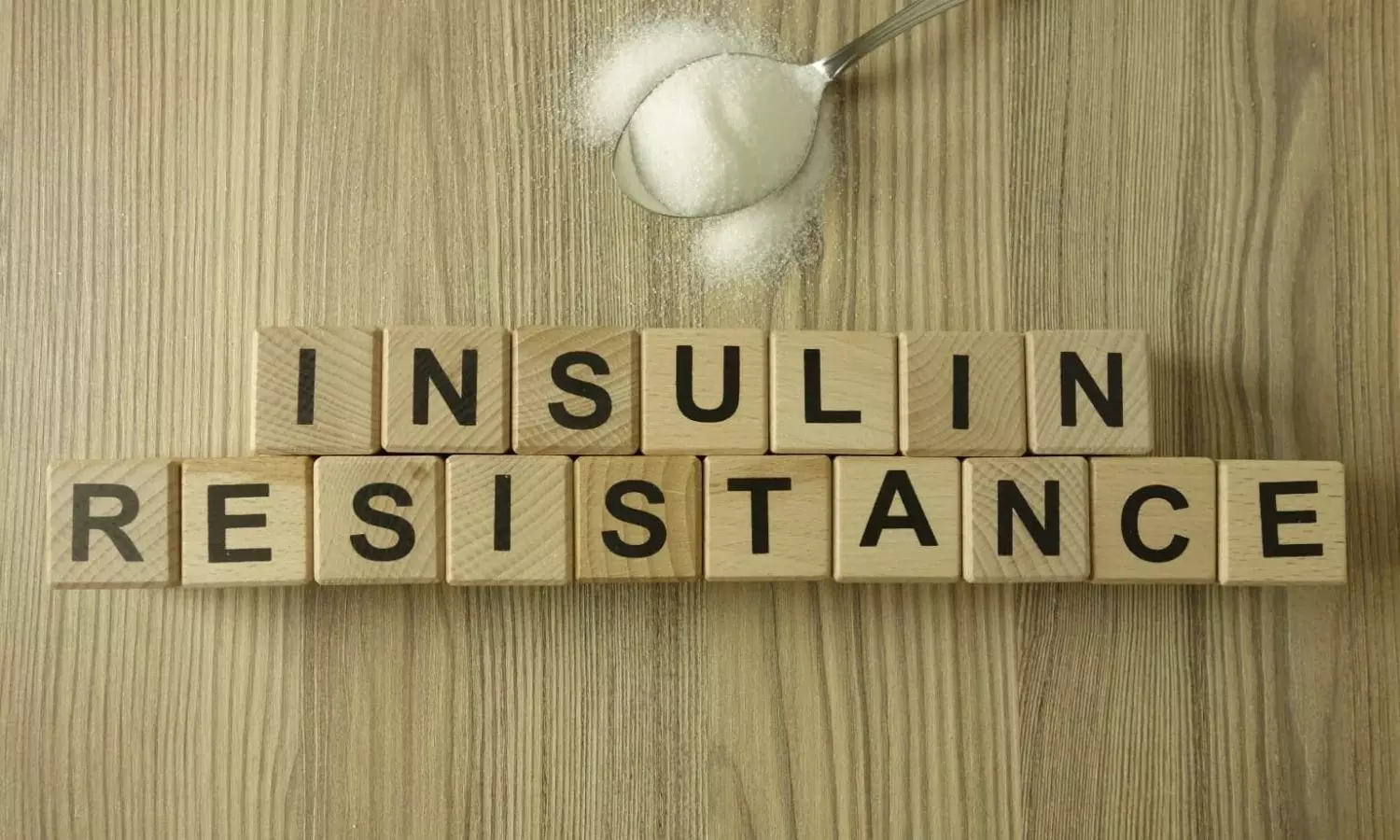Research sheds light on new strategy to treat infertility
Powered by WPeMatico
Powered by WPeMatico
Powered by WPeMatico

Maharashtra- The recent notice from the Directorate of Medical Education and Research (DMER) Maharashtra has announced the online application process and allocation details for the Government Bond Service for MDS PG degree holders for the Winter-2023 batch. Additionally, the list of MDS-eligible candidates and the available vacancies for bond service allocation has also been released.
The notice states that “The Process of the central round for allotment of the services to MDS bonded Postgraduate degree candidates will be carried out by filling out the online application form and by online allotment as per the schedule. The concerned should also note the available vacant posts”.
SCHEDULE
|
Date |
Time |
Speciality |
|
09.03.2024 |
from 10.00 am |
|
|
Filling out the application form and preferences to e-mail |
||
|
to |
to |
|
|
12.03.2024 |
upto 4.00 pm |
dmer.cetit@maharashtra.gov.in |
|
12.03.2024 |
at. 5.00 pm. |
Declaration of allotment of bond service to candidate and issue of recommendation letter through e-mail |
GENERAL INSTRUCTIONS FOR CANDIDATES
1 Candidates will be allotted seats as per preference for posts of Assistant Professor, Dental Surgeon and Senior Resident based on marks obtained in the graduate degree examination.
2 As per Government Resolution, all posts will be allotted on a merit basis as an Open Category.
3 If any candidate does not fill online application form, then it will be considered that he/she is not interested in getting an allotment of bond service. Hence for such a candidate, the process of recovery of the bond penalty amount will be initiated.
4 Recommendation/Selection list will be displayed on the DMER website on 12 March 2024 after 05.00 pm.
5 Recommendation letter can be downloaded on the Bond service Portal through login ID.
6 Candidates should take a printout of the recommendation letter and report to the concerned allotted institute with requisite documents within 7 days from the date of allotment.
7 For any queries candidates can contact through helpline number only between 10.00 AM to 05.45 PM.
DOCUMENTS
The candidate must submit the attested photocopy of requisite documents at the respective institute where they will be allotted post-
1 SSC Passing Certificate / valid passport (as proof of age).
2 First, Second, Third & fourth BDS mark-sheets
3 Mark sheet / Grade Certificate of MDS
4 Attempt certificate of all BDS examinations from the head of the institution.
5 BDS degree / Passing certificate.
6 MDS Degree /Passing Certificate.
7 Registration certificate of Maharashtra Dental Council or other State Dental Councils in India/DO with renewal.
8 Online recommendation letter of allotment of bond service. (will be mailed to the candidates on their registered email ID).
RULE OF TIE-BREAKER
The selection of candidates for the vacant posts will be as per the procedure for preparing the merit list given below-
First Level- The Candidate having the Highest Mark in the postgraduate examination (MDS)will be preferred, (if the tie persists then)
Second Level- The Candidate having the Highest aggregate Mark in the final BDS (part I +II) will be preferred, (if the tie persists then)
Third Level- The Candidate having the Highest Mark in 3rdBDS will be preferred, (if the tie persists then) Fourth Level- The older candidate will be preferred.
To view the official notice, click the link below
Powered by WPeMatico

Ahmedabad: In a recent case of fraud, a doctor working at a government-run medical college has lodged a complaint with the Detection of Crime Branch (DCB), accusing her ex-boyfriend of duping her out of Rs 28 lakh.
The doctor claimed that during the 5 years of the relationship, she loaned him a huge amount to help him in his business but later he refused to pay her back and broke up with her.
The complainant has been identified as a 38-year-old doctor who worked as a tutor at a government-run medical college. She filed an FIR on Tuesday, detailing the alleged financial deceit by her former boyfriend, a resident of South Bopal.
The complainant, who established a connection with her former boyfriend in 2012, reported that their relationship began when she was seeking to purchase a life insurance policy online. She purchased a policy from the accused and over time, their association grew, leading to frequent conversations. The woman mentioned that her previous engagement ended in 2017, coinciding with the accused’s divorce, reports the Times of India.
The accused allegedly approached the doctor and pursued her for a relationship. Despite initially resisting his advances, she eventually agreed to a relationship. The accused allegedly deferred discussions about marriage, stating he would only consider it after establishing his business. Between 2017 and 2022, the woman claimed to have given him Rs 28 lakh in total, even resorting to personal loans to support his business ventures.
Facing financial challenges after her father’s demise in 2022, she approached the person demanding repayment of the money that she loaned him. However, he purportedly refused, severing all ties and issuing threats of dire consequences if she pursued the matter. The DCB has registered a case against Narela, including charges of cheating, breach of trust, and criminal intimidation. An ongoing investigation is underway to delve into the details of the alleged financial fraud, reports The Daily.
Powered by WPeMatico

New Delhi: Sun Pharma is recalling about 55,000 bottles of a generic medication to treat bowel disease in the American market, according to the US Food & Drug Administration (USFDA).
As per the latest Enforcement Report by the US health regulator, New Jersey-based Sun Pharmaceutical Industries Inc, a unit of the Mumbai-headquartered drug major, is recalling 54,960 bottles of Mesalamine extended-release capsules in the American market.
Mesalamine delayed-release capsules are indicated for the treatment of mild to moderate ulcerative colitis.
The affected lot of capsules have been manufactured by Sun Pharmaceutical Industries at its Mohali-based manufacturing plant and distributed in the US market by Sun Pharmaceutical Industries Inc.
As per the USFDA, the company has initiated the Class II recall due to “Failed Dissolution Specifications”.
The company initiated the Class II recall on February 5 this year.
Read also: Sun Pharma Gets CDSCO Panel Nod to Study Tildrakizumab Injection 100 mg/ ml
As per the USFDA, a class II recall is initiated in a situation in which the use of, or exposure to, a violative product may cause temporary or medically reversible adverse health consequences or where the probability of serious adverse health consequences is remote.
The US generic drug market was estimated to be around USD 115.2 billion in 2019. It is the largest market for pharmaceutical products.
Sun Pharma is one of the leading generic pharmaceutical companies in the US.
Read also: Lupin, Sun Pharma recall rheumatoid arthritis, thyroid drugs in US
Sun Pharma is an Indian multinational pharmaceutical company headquartered in Mumbai, Maharashtra. The company manufactures and markets a large basket of pharmaceutical formulations covering a broad spectrum of chronic and acute therapies. It includes generics, branded generics, specialty, complex or difficult-to-make technology-intensive products, over-the-counter (OTC), antiretrovirals (ARVs), Active Pharmaceutical Ingredients (APIs), and Intermediates.
Read also: Sun Pharma to buy 16.33 percent stake in Surgimatix for over Rs 25 crore
Powered by WPeMatico

USA: A recent pilot real-world study published in Diabetes Technology & Therapeutics has shown the effectiveness of semaglutide in overweight/obese patients with type 1 diabetes (T1D) in lowering BMI and body weight, and improving glycemic metrics.
“We strongly recommended performing perspective, large-randomized clinical trials with newer GLP-1 analogs like tirzepatide and semaglutide for subjects with T1D associated with overweight/obesity,” the researchers wrote.
More than two-thirds of type 1 diabetes are obese/overweight in Western Europe and the USA, leading to insulin resistance as in type 2 diabetes (T2D). GLP-1 analogs are safe and effective in patients with T2D, improving glycemic metrics and aiding in weight loss, in addition to their positive effects on diabetic kidney disease and cardiovascular disease. None of the currently available GLP-1 analogs are approved for T1D patients.
The US Food and Drug Administration (FDA) has approved a higher dose of the glucagon-like peptide-1 (GLP-1) receptor agonist semaglutide for people with a body mass index (BMI) greater than 27 kg/m2. Satish K. Garg, University of Colorado Denver, Aurora, Colorado, USA, and colleagues evaluated the real-world use of semaglutide in overweight or obese patients with type 1 diabetes.
For this purpose, the researchers conducted a retrospective chart review study of 50 overweight or obese patients with T1D who were initiated on semaglutide and followed for one year. The control group consisted of 50 computer-matched patients (for race, sex, BMI, weight, and diabetes duration) during a similar period and were not on any weight loss medications. The mean age and duration of diabetes were 42 and 27 years, respectively.
The study led to the following findings:
In conclusion, the study found semaglutide to be safe and effective in significantly lowering body weight and BMI at 1 year in patients with T1D, and improved glycemic metrics including, CGM TIR, HbA1c, and glycemic variability, with no difference in insulin dose.
“There is a need for proper large and long-term randomized controlled trials with semaglutide or newer GLP-1 analogs (tirzepatide) to evaluate efficacy and safety of these drugs in overweight/obese patients with T1D similar to the studies conducted in patients with T2D,” the researchers wrote.
Reference:
Satish K. Garg, Gurleen Kaur, Zehra Haider, Erika Rodriquez, Christie Beatson, and Janet Snell-Bergeon.. Efficacy of Semaglutide in Overweight and Obese Patients with Type 1 Diabetes.. Diabetes Technology & Therapeutics.Mar 2024.184-189.http://doi.org/10.1089/dia.2023.0490
Powered by WPeMatico

In a shocking incident, a second-year post-graduate medical student at the Government Medical College Hospital (GMCH) Vellore recently became the victim of alleged physical assault by a patient and her male companion.
The doctor was physically assaulted after he raised concerns about the presence of male visitors in the women’s ward. The Vellore Taluk police have arrested the accused woman and her companion in response to the doctor’s complaint.
For more information, click on the link below:
Powered by WPeMatico

The State Consumer Court, Kerala recently directed an ENT surgeon and a private hospital in Alappuzha to pay Rs 1 lakh compensation for the loss of vision of a patient after undergoing a Polypectomy procedure.
After undergoing the procedure for a permanent recovery from nasal block, allegedly an injury was caused to the left optical nerve and left medial rectus of the patient.
For more information click on the link below:
Vision Loss After Nasal Surgery: ENT Surgeon, Hospital Slapped Compensation For Medical Negligence
Powered by WPeMatico

UK: A recent study published in eClinicalMedicine has revealed an increased risk of hypertension, obesity, metabolic syndrome, and even heart attack in adulthood among those who had amblyopia (‘lazy eye’) in childhood.
The authors stress that while they have identified a correlation, their research does not show a causal relationship between amblyopia and ill health in adulthood.
The researchers analyzed data from more than 126,000 participants aged 40 to 69 years old from the UK Biobank cohort, who had undergone ocular examination.
Participants had been asked during recruitment whether they were treated for amblyopia in childhood and whether they still had the condition in adulthood. They were also asked if they had a medical diagnosis of diabetes, high blood pressure, or cardio/cerebrovascular disease (ie. angina, heart attack, stroke).
Meanwhile, their BMI (body mass index), blood glucose, and cholesterol levels were also measured and mortality was tracked.
The researchers confirmed that from 3,238 participants who reported having a ‘lazy eye’ as a child, 82.2% had persistent reduced vision in one eye as an adult.
The findings showed that participants with amblyopia as a child had 29% higher odds of developing diabetes, 25% higher odds of having hypertension and 16% higher odds of having obesity. They were also at increased risk of heart attack – even when other risk factors for these conditions (e.g. other disease, ethnicity and social class) were taken into account.
This increased risk of health problems was found not only among those whose vision problems persisted, but also to some extent in participants who had had amblyopia as a child and 20/20 vision as an adult, although the correlation was not as strong.
Corresponding author, Professor Jugnoo Rahi (UCL Great Ormond Street Institute for Child Health, UCL Institute of Ophthalmology and Great Ormond Street Hospital), said: “Amblyopia is an eye condition affecting up to four in 100 children. In the UK, all children are supposed to have vision screening before the age of five, to ensure a prompt diagnosis and relevant ophthalmic treatment.
“It is rare to have a ‘marker’ in childhood that is associated with increased risk of serious disease in adult life, and also one that is measured and known for every child – because of population screening.
“The large numbers of affected children and their families, may want to think of our findings as an extra incentive for trying to achieve healthy lifestyles from childhood.”
Amblyopia is when the vision in one eye does not develop properly and can be triggered by a squint or being long-sighted.
It is a neurodevelopmental condition that develops when there’s a breakdown in how the brain and the eye work together and the brain can’t process properly the visual signal from the affected eye. As it usually causes reduced vision in one eye only, many children don’t notice anything wrong with their sight and are only diagnosed through the vision test done at four to five years of age.
A recent report from the Academy of Medical Sciences* involving some researchers from the UCL Great Ormond Street Institute for Child Health, called on policymakers to address the declining physical and mental health of children under five in the UK and prioritise child health.
The team hope that their new research will help reinforce this message and highlight how child health lays the foundations for adult health.
First author, Dr Siegfried Wagner (UCL Institute of Ophthalmology and Moorfields Eye Hospital), said: “Vision and the eyes are sentinels for overall health – whether heart disease or metabolic disfunction, they are intimately linked with other organ systems. This is one of the reasons why we screen for good vision in both eyes.
“We emphasise that our research does not show a causal relationship between amblyopia and ill health in adulthood. Our research means that the ‘average’ adult who had amblyopia as a child is more likely to develop these disorders than the ‘average’ adult who did not have amblyopia. The findings don’t mean that every child with amblyopia will inevitably develop cardiometabolic disorders in adult life.”
Reference:
Siegfried Karl Wagner, Vasiliki Bountziouka, Pirro Hysi,Jugnoo Sangeeta Rahi, Associations between unilateral amblyopia in childhood and cardiometabolic disorders in adult life: a cross-sectional and longitudinal analysis of the UK Biobank, EClinicalMedicine, https://doi.org/10.1016/j.eclinm.2024.102493
.
Powered by WPeMatico

A recent study was conducted at Louisiana State University’s Pennington Biomedical Research Center. This study was conducted by Rebello and colleagues. This study compared the effects of low-energy density diets rich in potatoes and pulses (beans) on weight loss and insulin resistance in individuals with impaired blood glucose control. Contrary to common belief, the study aimed to determine whether potatoes have adverse effects on blood glucose levels and if they can aid in weight loss.
Potatoes have often been vilified for their high carbohydrate content and presumed negative impact on blood glucose control, especially in individuals with insulin resistance. According to a recent study published in the Journal of Medicinal Food, diets low in energy density and high in either potatoes or beans are effective for weight loss and improving insulin resistance in individuals with impaired blood glucose control.
However, this study challenges these assumptions by investigating the effects of low-energy density diets containing potatoes or beans on weight loss and insulin resistance. The study employed a randomized, parallel design, controlled feeding approach, comparing the effects of Potato and Bean diets on 36 participants with insulin resistance over an 8-week period.
Participants’ body weight, blood glucose levels, and insulin resistance were assessed at baseline and after 8 weeks. Equivalence between the two diets was evaluated based on the mean change in blood glucose concentration.
Both Potato and Bean diets resulted in significant weight loss: Potato (-5.6% ± 0.6%) and Bean (-4.1% ± 0.6%).
Equivalence in blood glucose control between the two diets was achieved, with reductions in insulin resistance observed in both groups.
Compliance with the diets was high (87-88%), indicating adherence to the prescribed dietary regimens.
Participants reported feeling fuller and more satisfied with meals containing potatoes, leading to reduced calorie consumption.
The study concludes that both Potato and Bean diets low in energy density are equally effective in reducing insulin resistance and promoting weight loss in individuals with impaired blood glucose control. Contrary to common belief, potatoes do not adversely affect blood glucose levels and can be incorporated into a healthy diet to aid in weight management.
Reference:
Rebello, C. J., Beyl, R. A., Greenway, F. L., Atteberry, K. C., Hoddy, K. K., & Kirwan, J. P. Low-energy dense potato- and bean-based diets reduce body weight and insulin resistance: A randomized, feeding, equivalence trial. Journal of Medicinal Food,2022;25(12):1155–1163. https://doi.org/10.1089/jmf.2022.0072
Powered by WPeMatico
